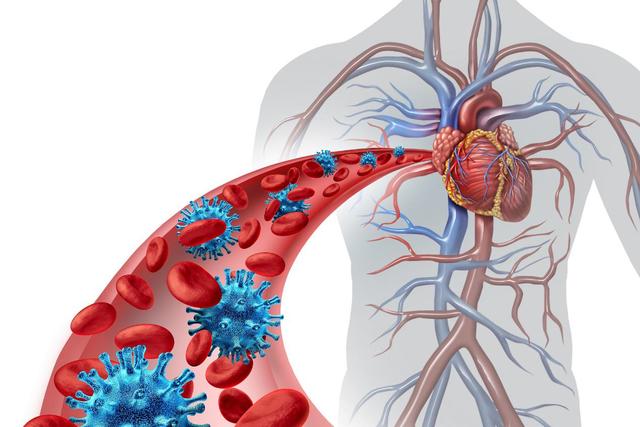It seems that Anna has been caught up in winter's magic lately. Whenever her fingertips touch the cold, crisp water, a drama of changing colours plays out on her hands. At first, the fingers faded from blood and became pale, then they began to turn purple. Her fingers were round, like carrots, both cute and heartbreaking.

"Could it be frostbite this winter's mischief?" Anna speculated in her heart, and hopefully asked David to bring back the legendary "antidote to frostbite" - frostbite cream - from the drugstore for her. However, that small cream is like a snowflake in summer, although beautiful but powerless to melt the stubborn cold, Anna's fingers are still in the cold water under the touch of the interpretation of the unchanging colour cycle. In the end, she went to the hospital, and the doctor's diagnosis, but as a thunderbolt, unveiled the mystery - it turned out that Anna suffered from frostbite is not simple, but a more complex, need to care for the disease.
Systemic sclerosis, like an invisible net quietly woven in the body, not only slowly tightens its gentle embrace of the skin, making it hard as armour from softness, but also gradually spreads to every corner of the body, weaving a complex puzzle about the health of the whole body. At first, this "hardening" journey begins quietly at the fingertips, where, as if caressed by the frost of a winter's morning, the skin gradually swells and loses its former animation. As time goes by, this layer of "frost" does not melt, but becomes an invisible shackle, making the skin taut and hard, and the face becomes like an ancient stone mask, with a slightly shrunken mouth and a hidden smile, making people mistake this for a walker who does not show his emotions easily, but it is a trace of the disease's quiet erosion.

However, this silent attack is much more than a change in appearance; it is more like a cunning intruder that silently sneaks into every organ of the body, from the lungs to the kidneys. There, it creates a labyrinth of interstitial lesions that make every breath heavy; it exerts invisible pressure that overwhelms the pulmonary arteries, which are in crisis under high pressure; and worse, it may trigger the emergency alarm of the kidneys, which imbalances the regulation of the fountain of life and puts it in danger of drying up. All this is the invisible hand of systemic sclerosis manipulating behind the scenes, making the patient's lifeboat rock in the rough waves.

Raynaud's phenomenon, like a subtle and dramatic weather change in nature, quietly descends on the human body's limbs - hands, feet and even ears - at the end of these small worlds. When you step into the winter wind, or the heart surges a wave of nervousness, your fingers and toes, at first, seem to be gently touched by the winter snowflakes, and gradually lose the previous warmth and blood, becoming pale as snow, this is because of the small blood vessels elves encountered a sudden cold or nervousness, they have chosen a temporary "hibernation! ", closed to the fingertips of the blood flow channel. Without the nourishment of blood, the colour of the fingers deepens and becomes violet. But when the stimulus gradually dissipated, the blood once again flowed cheerfully to every corner, so those once pale fingertips, now again covered with a red makeup like the evening sun.
Nailfold capillaroscopy is like a detective with a precision magnifying glass that can unravel the mystery of scleroderma. It can penetrate the tiny world beneath the nail - the nail fold - where the secrets of the vascular network are hidden. Like a high-powered telescope peering into a distant galaxy, capillaroscopy reveals the delicate structure and dynamics of the blood vessels, making otherwise imperceptible vascular lesions invisible.
It not only helps doctors to confirm the diagnosis of scleroderma but also to further analyze the different stages of vascular lesions. This process is like drawing a detailed map of the disease's trajectory, allowing us to see its ins and outs. By taking a closer look at the vascular lesions, it is possible to predict whether the disease will attack the internal organs, just as a weather forecast can tell us about an impending storm.





